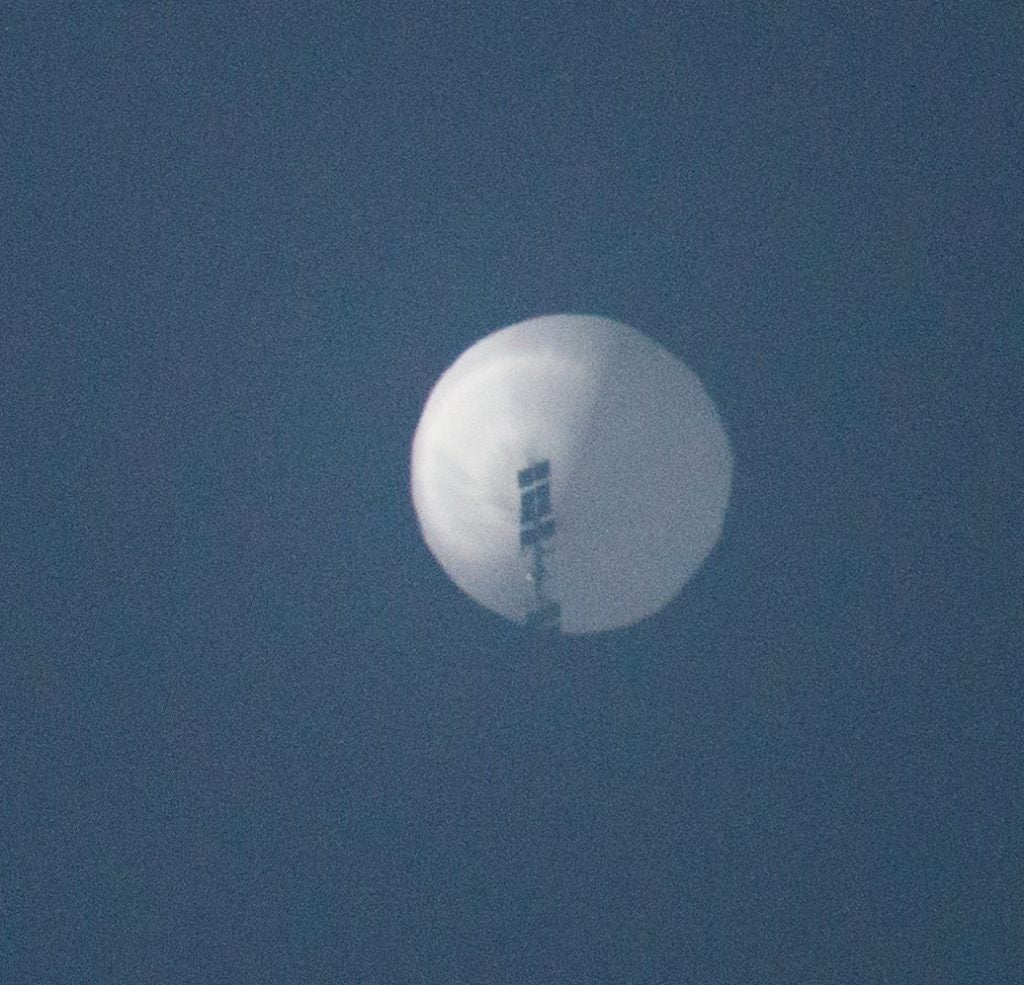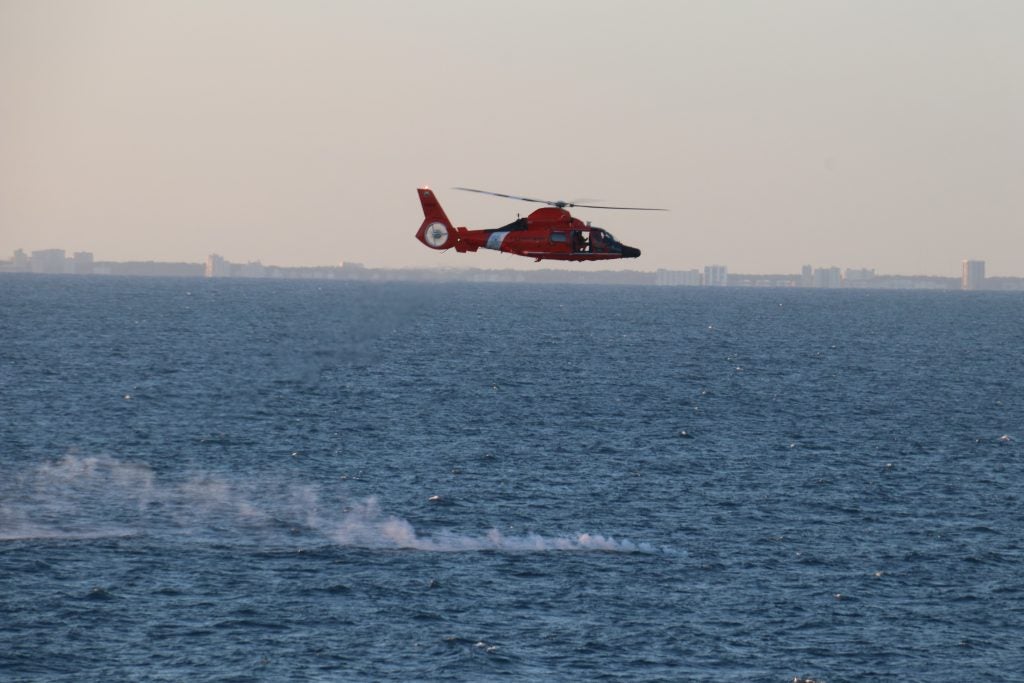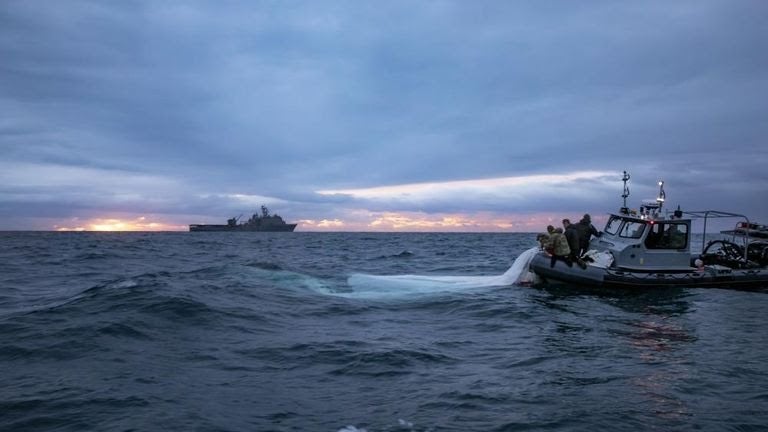US Navy Begins Recovery of Huge Chinese Surveillance Balloon
Over the weekend the US and world media carefully tracked the progress of a Chinese surveillance balloon over the continental United States. The media circus around the balloon reached an apex when an AIM-9X missile fired from an F-22 Raptor successfully downed the intruder over the US east coast. This marks not only the F-22’s first air to air kill but also the USAF’s highest altitude engagement, at over approximately 60,000 feet, ever.
The Department of Defense also shared some details on the size and scale of the balloon. During a briefing on Monday, US Air Force General Glen D. VanHerck, commander of the North American Aerospace Defense Command and US Northern Command, described the balloon as:
“200 feet tall for the actual balloon. The payload itself, I would categorize that as a jet airliner type of size, maybe a regional jet such as a ERJ or something like that. Probably weighed in access of a couple thousand pounds.”
Intriguingly, VanHerck also confirmed that multiple earlier balloons of similar configurations had encroached on US airspace, conceding that “we did not detect those threats,” and that this failure represents “a domain awareness gap that we have to figure out.”

The US Navy has now confirmed that recovery efforts are on going. The balloon fell about six miles off the coast of South Carolina into water about 50 feet deep according to a Navy release. General VanHerck said the recovery effort began about 10AM on Sunday but rough seas initially “thwarted safe, comprehensive debris collection”.
During a briefing VanHerck explained that the recovery effort will utilize unmanned underwater vehicles using side scan sonar to locate sunken debris. He noted they “expect the debris field to be of the rough order of magnitude of about 1,500 meters by 1,500 meters.”
With some concern about the debris containing explosive or toxic substances VanHerck said members of the public should not collect debris themselves. Instead, they should assist by informing local law enforcement if they spot remnants of the balloon. In a statement VanHerck said that “due to changing ocean currents, it is possible that some debris could escape notice and wash ashore.”

The US Navy has deployed the USS Carter Hall, an amphibious landing ship, to lead the collection of the debris in the vicinity of the splashdown. The Carter Hall is being assisted by USNS Pathfinder, a survey ship, which is searching for the debris on the ocean floor using advanced sonar.
The splashdown area is being secured by the US Coast Guard with cutters Venturous, Richard Snyder and Nathan B. Bruckenthal, along with Coast Guard aviation support, involved in the operation. In addition to US Navy and Coast Guard personnel General VanHerck emphasised the inter-agency cooperation of the operation by noting that both FBI and Naval Criminal Investigative Service agents are embedded with salvage operations to assist in counterintelligence work. VanHerck confirmed that the debris collected would be thoroughly examined by specialist technicians.

